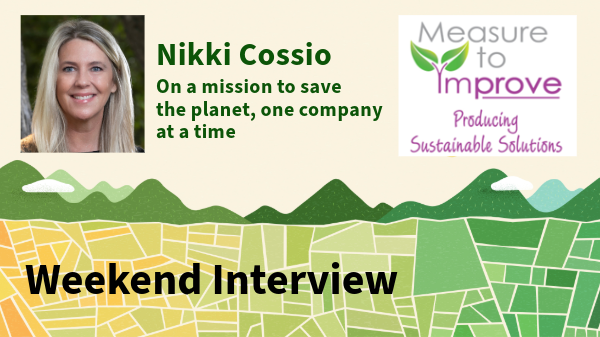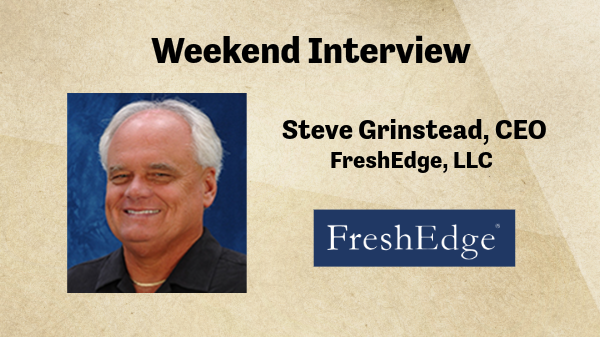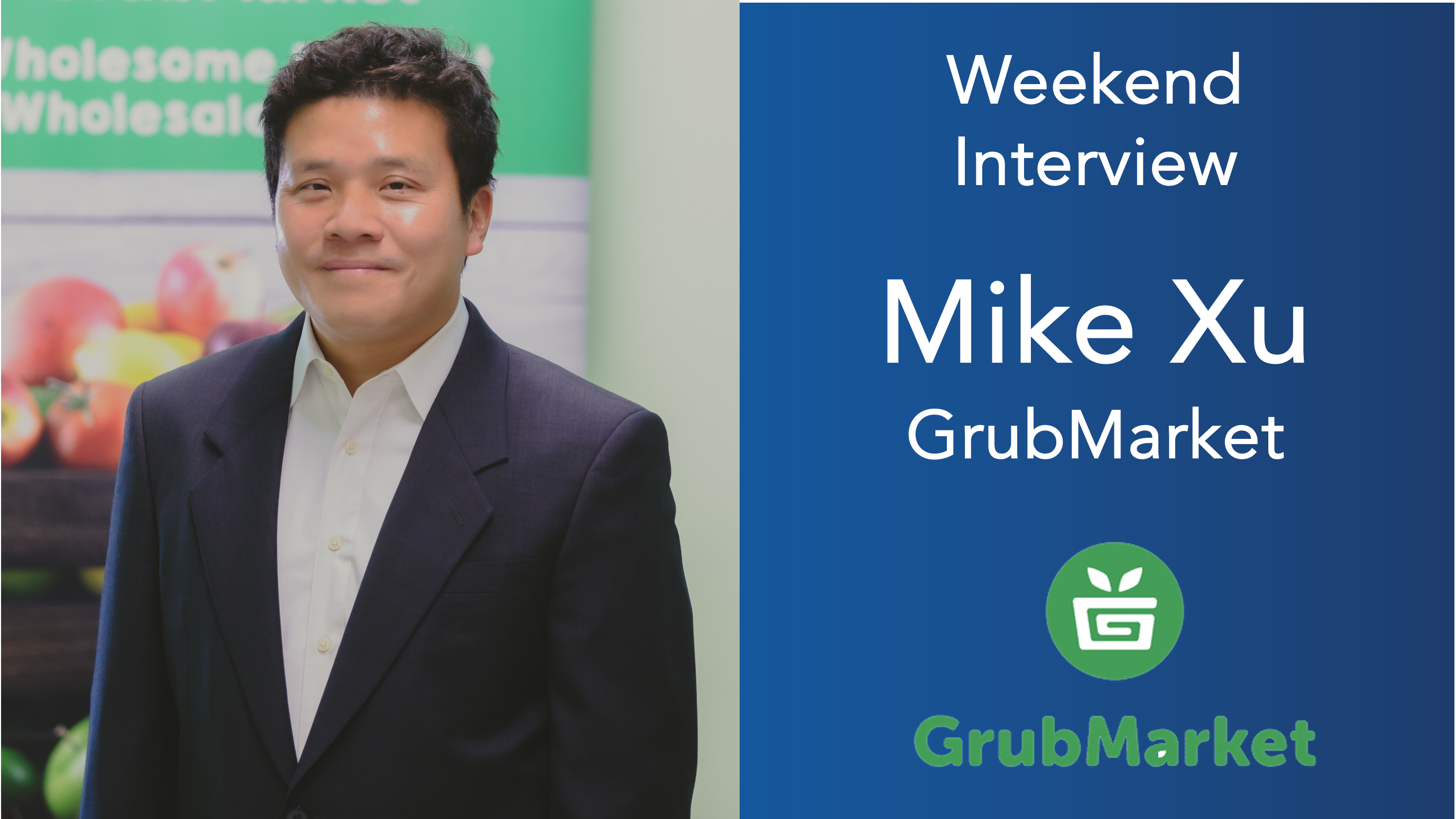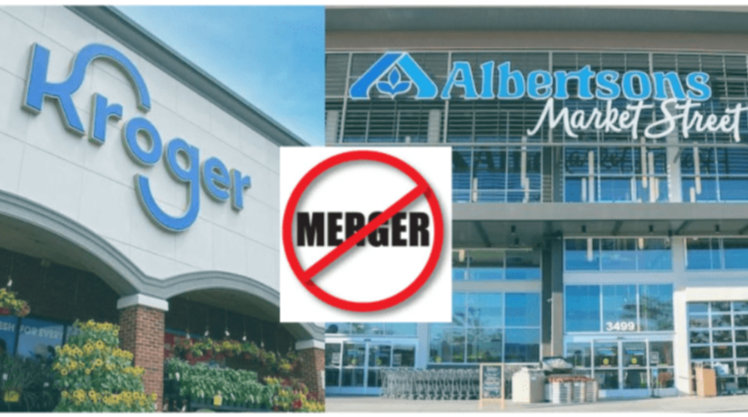Welcome to Blue Book!
Are you ready to join the thousands of companies who rely on Blue Book to drive smarter decisions? View our plans and get started today!
Still have questions? We’d love to show you what Blue Book can do for you. Drop us a line– we’ve been waiting for you.
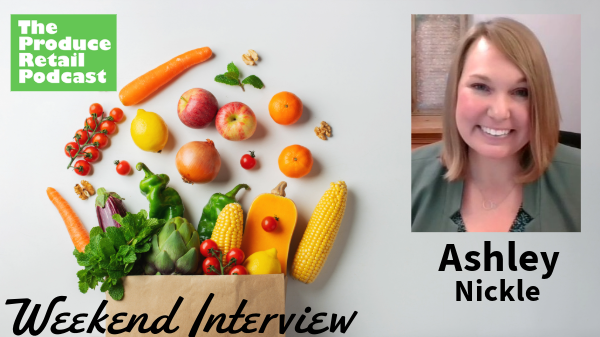
Vasiliy/Adobe Stock
In this article
Ashley Nickle, consultant and project manager for her eponymous business, Ashley Nickle Growth Strategies LLC, has her finger on the pulse of the retail grocery realm. Her weekly Produce Retail Podcast is a forum for retailers to share their insights on the industry.
We talked to Ashley about the current state of produce retail and what to expect this year when it comes to prices, retail best bets, and consumer sentiment.
Q: Tell us about your background and roots in the industry.
I came into the produce industry as a staff writer for The Packer back in 2016.
In that and subsequent roles, I had conversations with people across the supply chain every day, learning about best practices, listening to commentary on universal challenges, and gaining insights on big opportunities.
I visited with industry members over the phone, through virtual meetings, at tradeshows, in fields and orchards, and at stores, and I shared their perspectives across articles, videos, and podcasts.
Eventually, I developed my own perspectives, too, and wanted to get more involved in the industry.
I started my own business in 2021 and since then have worked as a consultant and project manager, helping clients maximize retail promotions, plan and execute research projects, develop thought leadership, and more.
At the same time I started my business, I launched the Produce Retail Podcast.
I’m not a journalist anymore, but I’m still zealous about sharing stories of clever, creative, courageous produce retail strategy and execution.
Q: Tell us about the creation of the Produce Retail Podcast – what did you hope to accomplish? How many have you hosted so far?
To date I’ve published more than 150 episodes. It all started because, quite simply, I wanted to keep the conversations going.
By the time I started my business, I had learned a significant amount about the ins and outs of produce retail—all because people in the industry were so generous to share their knowledge and insights—but I knew there was still so much more to discover.
I love hearing from people in different store formats, regions, and roles, and I know these conversations are instructive not just for me but for the broader industry.
I also value the opportunity to recognize great work across the produce retail landscape.
I’m not a journalist anymore, but I’m still zealous about sharing stories of clever, creative, courageous produce retail strategy and execution.
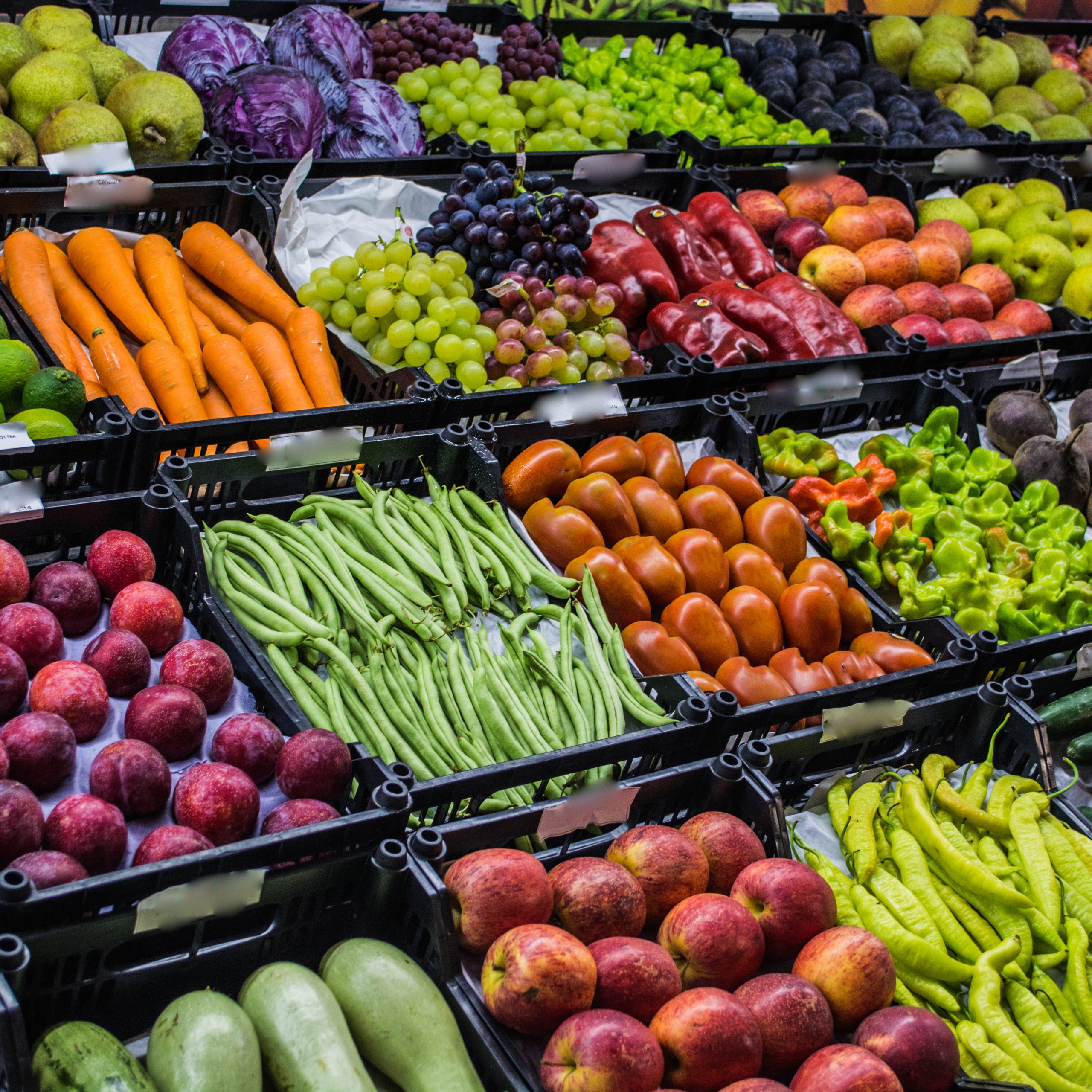
Q: How do you select participants and topics or coverage? Are certain subjects or questions ever off-limits?
Most of my guests have come from the retail side of the business, whether they’re current or former vice presidents, directors, merchandisers, category managers, buyers, or produce managers.
The goal is for the podcast to be a place for produce retail leaders to talk shop.
We occasionally host guests who specialize in industry trends or have a bird’s-eye view of the business, and we’ve also had some category management and big-picture topic roundtables with folks on the supply side.
I send guests a list of topics in advance of our conversations so they can be prepared, but the conversations aren’t scripted. The topics are based on what’s of interest to me, and that’s guided largely by what I’m hearing in “off-air” conversations.
Q: Currently, what’s the most positive aspect of grocery retail – what’s going right for national chains, independents, and specialty stores?
Many consumers are still watching their wallets closely, and broadly that benefits national chains known for low everyday prices.
Positioning around price, for example, is something Walmart and Aldi can do better than most simply because they have scale others don’t.
For many shoppers, they won’t capture the whole basket or every trip because most people now split their grocery budget across channels.
But big national players often have a day-in, day-out price advantage on a certain set of items.
For independents and specialty stores, the trick—which most understand and do their best to leverage—is to offer what the larger players cannot. High-quality, seasonal, local, and unique items top the list.
Premium products, where flavor and texture and experience are noticeably superior, will create repeat purchases.
The same goes for items offering unparalleled convenience, whether through advance preparation of the ingredients or through design for specific fast-cooking methods, like air frying, stir frying, or microwaving.
I personally view strong customer service as a crucial edge—whether this means being able to speak to a person when you call with an issue about an online order (instead of being routed through an endless automated system or dealing with a chatbot on an app), or that employees smile and help parents out by giving children “freebies” so the family can have a longer, more relaxed (and by the way, almost certainly more lucrative for the store) shopping experience.
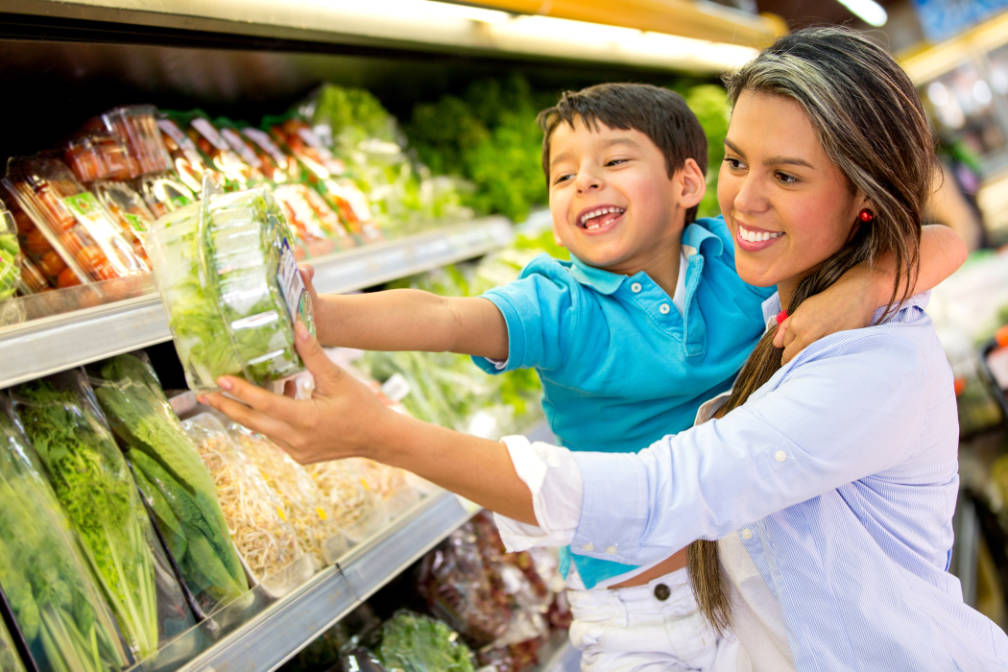
Q: What’s not working well for these same categories? How can they fix the issues?
For me, it often comes back to investment in people. How can you set up your team members to enjoy their work and be valuable contributors to the shopping experience?
One challenge for the big players (the ones that aren’t legacy supermarkets) is when you shop their stores, it’s easy to feel anonymous.
Sometimes that’s fine, but in an age where so much interaction has gone virtual, human connection has even more value.
When price is the be-all-end-all and labor investment reflects this priority, the chance to be a positive touchpoint in shoppers’ lives is harder to capture.
For independents and specialty retailers, we often hear about department managers who were promoted into leadership roles with little or no training on how to manage a team, which can produce a long, bumpy transition for all involved—not to mention limiting the performance of the team.
This is an especially important consideration given many veteran department managers will retire in the next 5-10 years.
Succession planning and the transfer of institutional knowledge should be big priorities for any grocers that know this to be true of their workforce.
Q: How much does timing contribute to consumption levels, like avocados for the Super Bowl, strawberries for Valentine’s Day, or sweet corn and watermelon in the summer?
Even in an age when consumers expect all major commodities to be available year-round, seasonality and holidays still play an outsize role in the produce department—and for the supermarket overall.
The more grocers can use their assortment and merchandising to reflect what’s happening in their shoppers’ lives—weather, holidays, gatherings, activities outside the home, etc.—the more relevant they become.
Offering more fresh-cut produce and prepared foods—including ones tailored to specific events or occasions—are other ways retailers can convey an understanding of their shoppers’ time-starved reality and help them.
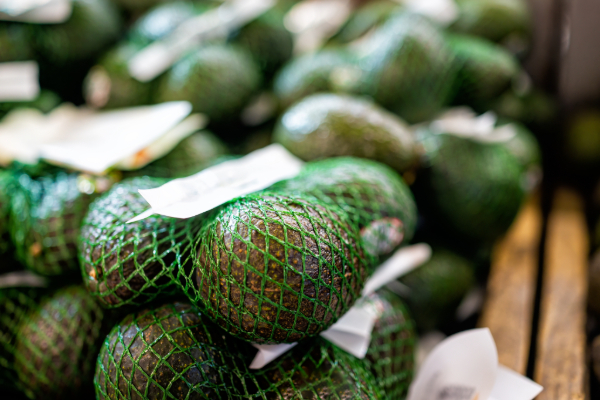
Q: In an age of easy access to information of all kinds, does a lack of familiarity or how to prepare certain fruits or vegetables still affect sales? Do you see this as generational or across the board?
I believe a lack of familiarity absolutely stifles sales for individual items, and I imagine there are generational and multicultural components.
If every shopper knew an easy, fast, delicious way to prepare every item in the produce department, I expect sales would skyrocket.
If a consumer doesn’t know how to cook something and make it taste good, of course that item won’t be as appealing. There’s a fear of the unknown, and that’s hard to overcome in an environment where every dollar counts.
Cooking demos are what I would love to see. Every industry member has seen crowds flock to preparation stations at trade shows.
The sizzle of the pan, the aroma of seasonings, the steam coming off a just-prepared dish—it’s sensory overload in a good way, and it’s enticing!
When grocers cross-merchandise, share recipes, and offer demonstrations, they act as curators of the vast array of food and meal options facing their shoppers.
If a grocer proves itself capable of making great suggestions, customers will take them up on those more and more.
Of course there are operational and staffing considerations, but this is a way grocers can add value for shoppers and set themselves apart from competitors. It’s an investment worth exploring.
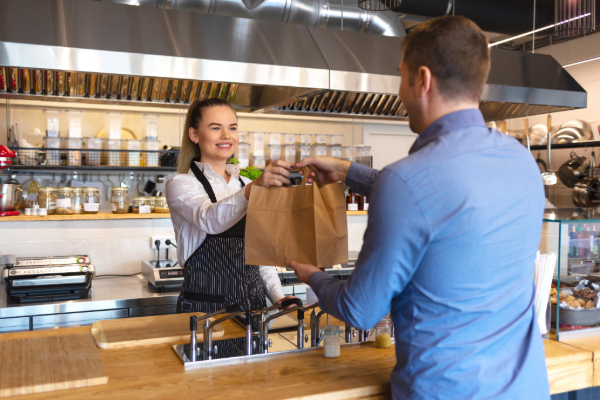
Q: How much does being in the store (as opposed to shopping online) impact the willingness to try new things? Do preparation tips or recipes truly influence sales?
My expectation would be that, for most retailers, in-store merchandising remains much more strategic, vibrant, and effective than online merchandising, simply because the standards and best practices and research that underpin the former have been fine-tuned over decades, where online is much newer.
A few grocers are way ahead of the field in this area, but for many, online merchandising is an afterthought compared to in-store—and reasonably so, because in-store is still where most of the transactions happen.
Retail media may drive some improvements here too, because grocers need strong engagement on their websites and apps to deliver high-quality insights to advertisers.
I see preparation tips and recipes as a significant opportunity for grocers because, in a remarkably crowded content universe, they already have some level of reputational equity with their shopper base.
It can also be an added convenience when shoppers can add ingredients to their carts directly from a recipe.




